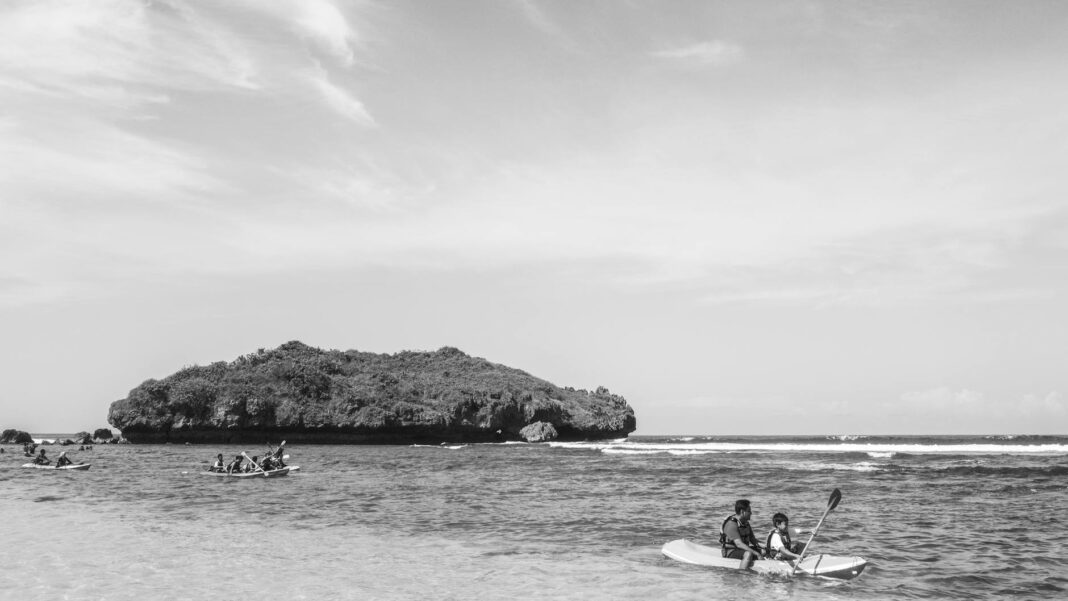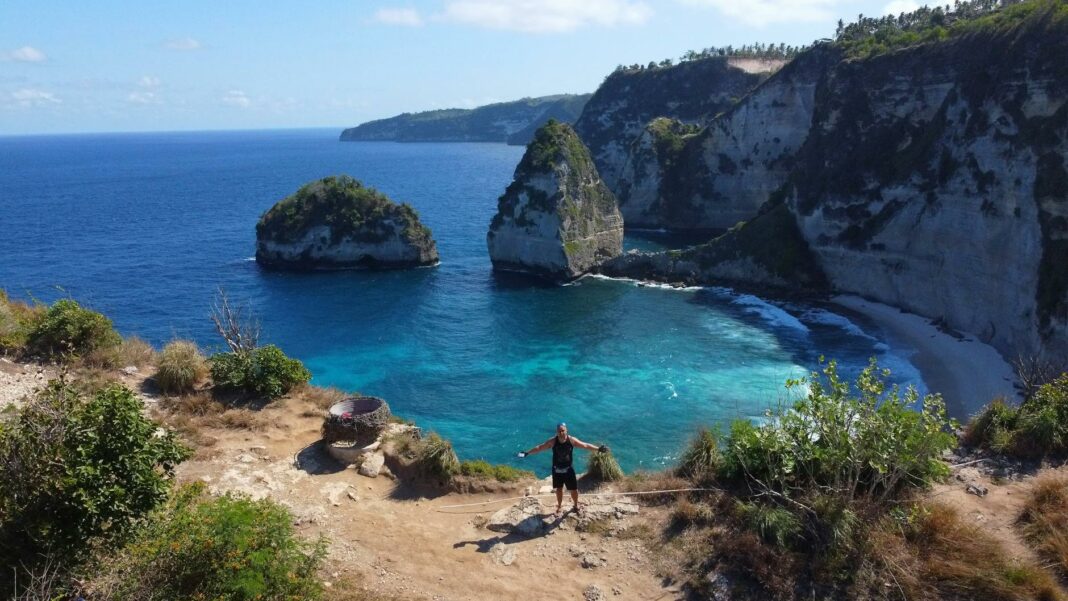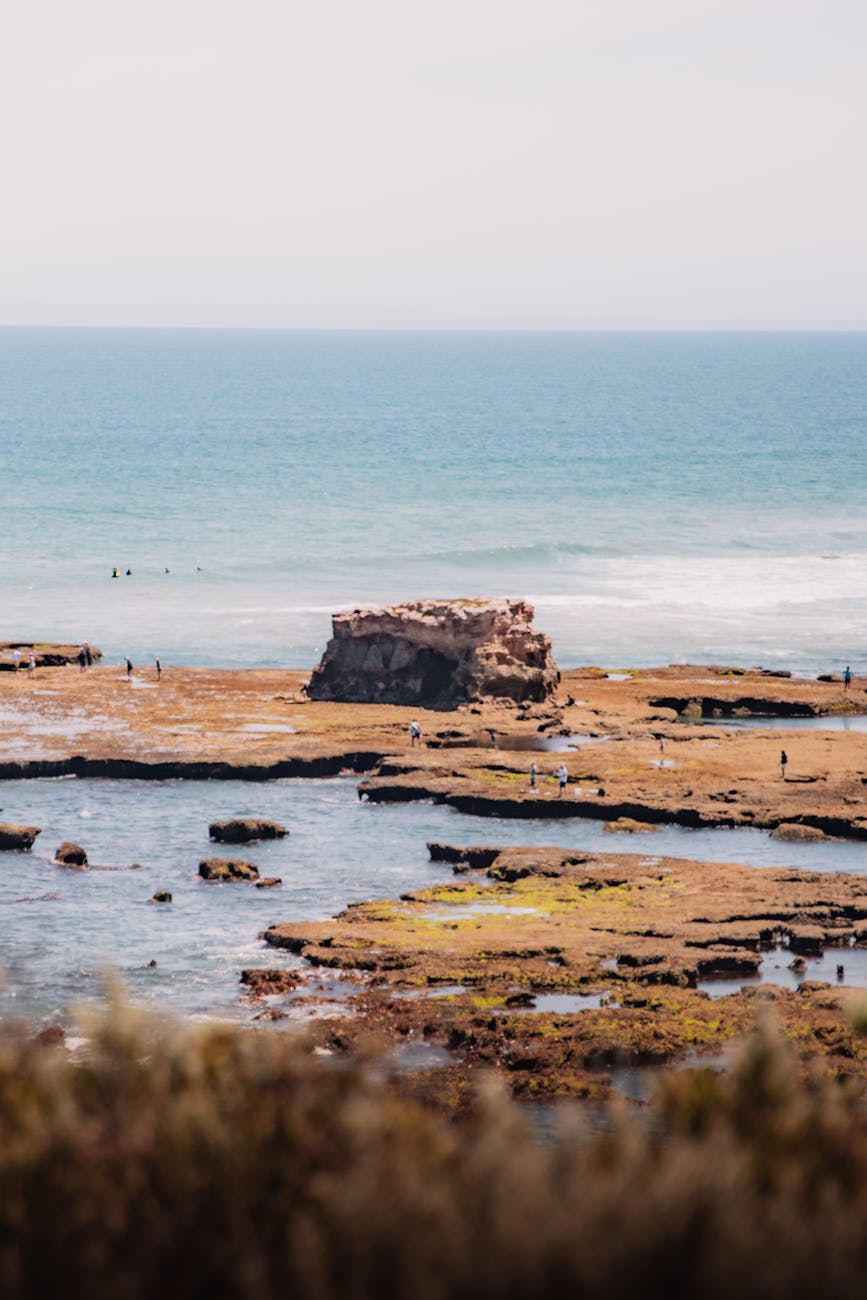Dreaming of unforgettable island-hopping adventures with photos that leave everyone in awe? There’s something magical about capturing those sun-kissed beaches, vibrant sunsets, and turquoise waters that make you feel as if you have stepped into a postcard. Not only is it about having a good camera; it’s about understanding the elements that elevate these snapshots from ordinary to extraordinary.
In this guide, we’ll delve deep into the secrets of taking breathtaking island-hopping photos. From mastering natural light to embracing the art of color, each aspect is crucial in creating those mesmerizing images that tell a story and evoke emotion. Let’s embark on this journey and unveil the techniques that allow you to encapsulate the beauty of each unique island experience.
When it comes to photography, natural light is your best friend. The golden hour—just after sunrise and just before sunset—produces soft, warm light that can dramatically enhance your photos. This radiant glow can make colors pop and textures come alive. For island-hopping, timing your shots is crucial; the right light transforms ordinary scenes into cinematic landscapes. Don’t shy away from experimenting with shadows and highlights, as they add depth and interest.
Moreover, keep an eye on the weather. Cloudy days can diffuse sunlight, providing softer tones that create a serene atmosphere. Embrace the overcast sky; instead of shying away from it, use it as an opportunity to capture subtle colors and vibrant details in your surroundings. So, when planning your shoot, remember to align your itinerary with the light—this strategic approach will do wonders for your photography.
Changing your perspective can yield stunning results. Instead of capturing everything from eye level, get creative with your angles. Shoot from low to the ground to emphasize the foreground, adding a compelling layer to your composition. Alternatively, try shooting from above to capture the breathtaking shapes and patterns of the islands, beaches, and ocean waves. Different heights and perspectives will allow your photos to convey a sense of place and atmosphere in a way that is fresh and exciting.
Don’t hesitate to explore unconventional angles, like framing your subjects within natural elements such as palm fronds or archways. This technique not only provides context but draws the viewer’s eye to the central subject. Remember, the aim is to evoke curiosity and capture the essence of the island experience, allowing your audience to feel as though they are right there with you on your adventure.
Color is one of the most powerful tools in photography, and when it comes to island-hopping, vibrant hues are everywhere. Begin by identifying the dominant colors of your surroundings. Whether it’s the blue of the ocean, the green of lush landscapes, or the earth tones of sandy beaches, each color tells a different story. Use complementary or contrasting colors in your compositions to create vivid focal points that draw attention.
Consider the color wheel when composing your shots. Warm colors, such as reds and yellows, can evoke feelings of joy and warmth, while cool colors, such as blues and greens, can provide a calming effect. Crafting a harmonious balance of colors in your photographs can significantly influence their emotional impact. Strive to embrace the natural palette of each island and let those colors guide your storytelling through the lens.
A successful photograph goes beyond mere visual beauty; it’s about conveying a narrative. When photographing your island adventures, think about the story you wish to share. How did it feel to be there? What are the details that made your experience special? Your images can evoke emotions and provide insights if you capture not just landscapes but also the local culture, people, and activities that define each destination.
Create a series of images that collectively narrate your adventure. Introduce the location with wide shots, and then add depth with close-ups and candid moments. This storytelling approach allows your audience to immerse themselves fully in your experience, connecting with your journey on a personal level. Craft images that invite viewers to daydream about their next island-hopping adventure.
Post-processing is where the magic happens. Once you’ve captured your images, harness the power of editing to enhance their potential. Programs like Lightroom or Photoshop offer incredible tools to correct colors, enhance contrast, and sharpen details. However, be cautious; over-editing can detract from the authenticity of your photographs. Aim for enhancement rather than alteration, preserving the essence of your island experience while giving your photos the polish they deserve.
Consider applying subtle filters or adjustments that complement the vibrant tones of island life. For instance, boosting saturation can enhance the colors of sunsets, while reducing clarity can create a dreamy atmosphere on a beach scene. Finding the right balance in your editing process will significantly influence how captivating your photos appear. Always aim to reflect the beauty you witnessed while maintaining that delightful authenticity.
Create breathtaking island-hopping photos with an appreciation for the techniques discussed here. From understanding natural light to sharing your work with the world, each step contributes to the magic of your captured moments. Your photos have the power to not only document your travels but also to invite others into the beauty and wonder of island exploration.
With a blend of creativity, thoughtful composition, and a genuine narrative, your photography can elevate the perception of what island-hopping truly means. Seize each moment, embrace your artistic voice, and let your journey through the lens inspire wanderlust in others. Happy snapping!
What equipment do I need for great island-hopping photography? Investing in a good camera is helpful, but don’t overlook your smartphone. Even a basic camera can yield fantastic results with proper techniques like lighting and angles.
How can I improve my photography skills quickly? Practice is essential. Try shooting at different times of the day, play with various angles, and constantly seek feedback from fellow photographers to enhance your skills effectively.
Should I always edit my photos? While editing can enhance your work, aim for natural results. Always keep the beauty of the scene intact, enhancing rather than altering its essence.
What’s the best way to store and share my photos? Utilizing cloud storage can keep your images safe. When sharing, choose platforms that suit your audience best, and make sure to include engaging captions to foster a deeper connection.
Image Credit: Pexels





